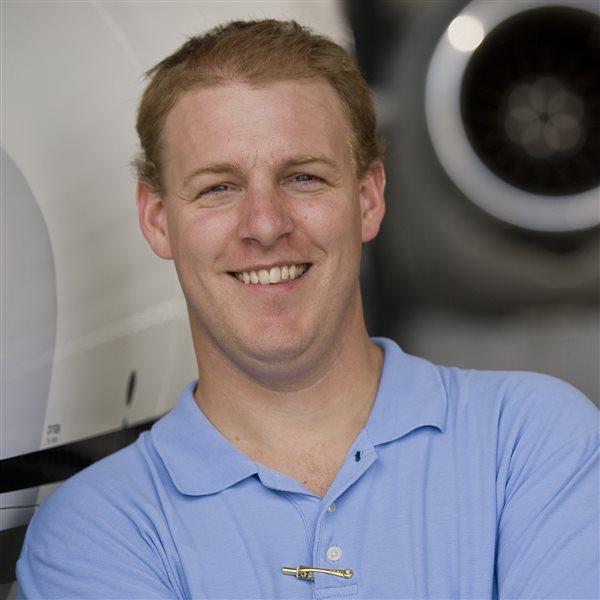Don’t touch anything. These three words are my ethos as an airplane passenger. They are an almost complete guide on how to act as a passenger in another pilot’s airplane.
I used to adhere to this philosophy strictly out of respect, but I’ve come to appreciate it for an even better purpose: Observing another pilot is a great way to learn.
Watching how other pilots work is interesting, educational, and sometimes a little entertaining. This is my game plan for stealing their tricks and tips:
1. Don’t touch anything. Small single-engine airplanes are meant for one pilot, and one pilot should have no trouble with the workload. If you find yourself reaching for radios, the GPS, the instruments, or—God help you—the yoke, sit on your hands. The only time it’s acceptable to speak up or mess around with the panel is if you’re asked to help. If so, make sure the duties are clearly spelled out, and don’t go beyond them. It’s also OK to speak up if you see an obvious violation or impending incident. Otherwise, your meddling will get in the way of the pilot/passenger relationship, and thus your learning.
2. Sometimes it’s great. I’ve picked up dozens of little tricks on everything from pretakeoff flows to landing technique. I particularly like watching how pilots interact with air traffic control. I used to think ATC was my captain from the ground. Now I see controllers as a resource to help me get where I’m going. The difference? One perspective assumes you obey; the other frees you to push for what you want.
Each pilot’s approach to risk also is a fascinating study. I’ve known pilots who would fly in terrible weather, but avoid night flying. Others have flown a ratty airplane over a dense blanket of forest, but avoided flying over water. Often the approach isn’t rooted in logic and statistical risk analysis, but is a great example of pilot in command at work. The fact that we can legally do something doesn’t mean we should do it. And watching the limitations of others at work has made me consider my own.
3. Sometimes it’s not. Not everyone is a great pilot. Some have thousands of hours but stink at crosswinds, stalls, or cockpit management. Hours in a logbook don’t always equate to skill. That’s OK. Ignore the little faults and take away the nuggets you think you can apply to your own flying.
4. Make notes. Keep a journal, or make notes in your logbook. You’ll find yourself coming back to these when you try new airplanes, add new ratings, or fly new places.
5. Buy the beer. First, I should apologize to some pilots reading this because I’m generally not very good at it. Do as I say and not as I do, and buy the hamburger on your lunch run, the beer after you put the airplane to bed, or the fuel on a long cross-country. It’s all about being a good member of the flying community.
So sit down, strap in, shut up—and learn.



